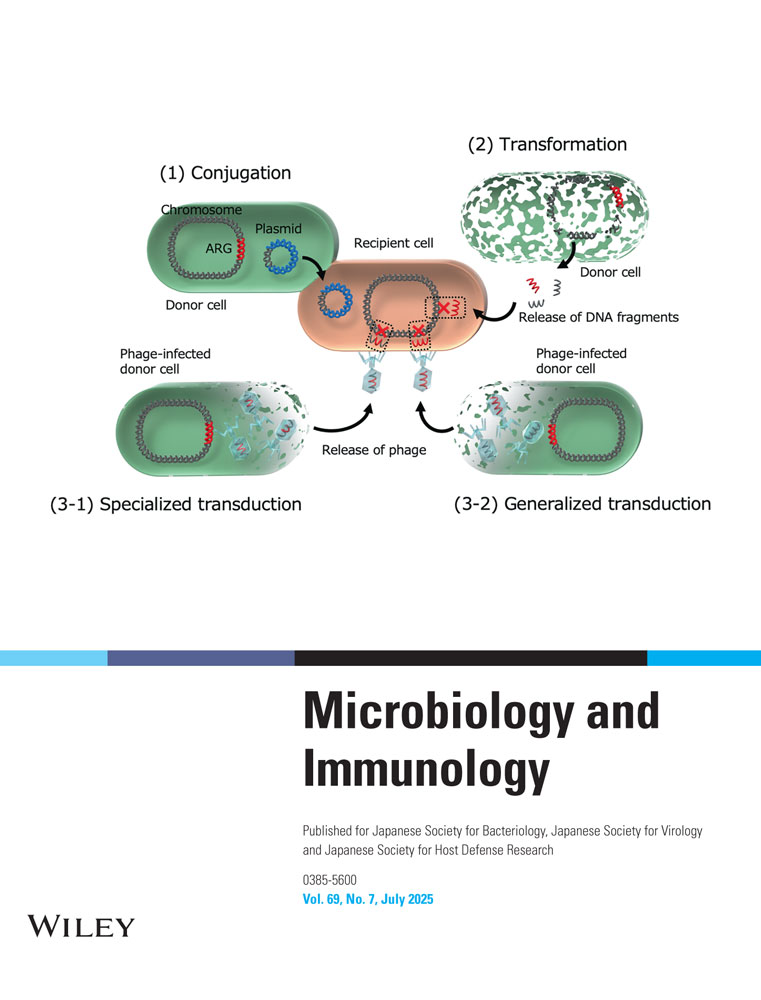Intracellular Components Associated with Chikungunya Virus-Specific Ribonucleic Acids in Infected BHK21 Cells1
ABSTRACT
Cytoplasmic extracts of BHK21 cells infected with Chikungunya virus were analyzed by sucrose gradient sedimentation. Besides 140 S nucleocapsid, 65 S component associated with 26 S single-stranded ribonucleic acid was labeled with 3H-uridine in actinomycin-treated infected cells. The 65 S component, demonstrable in ethylenediaminetetraacetic acid-containing buffers, appeared to accumulate when protein synthesis was inhibited. After glutaraldehyde fixation, this component had a density of 1.48–1.50 g/ml in CsCl. Pulse-chase experiments did not indicate that the 65 S component was a precursor of the 140 S nucleocapsid.




